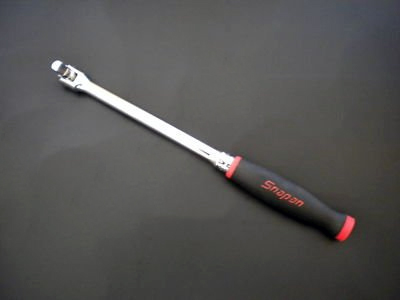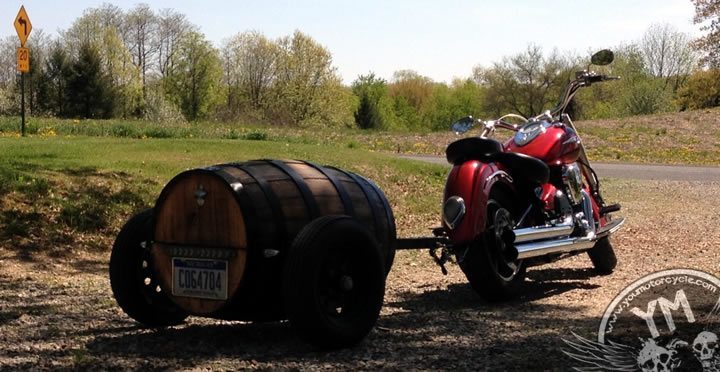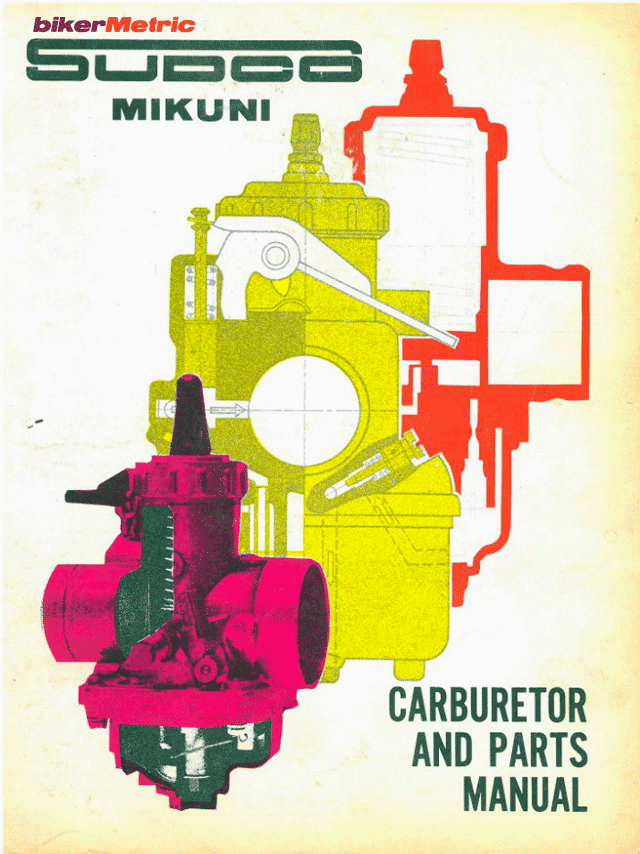Today we’re going to be talking about equipping this wondrous space we have created, so in the words of the great Norm Abram, let’s take a moment to talk about shop safety. I won’t nag like a fully paid up clipboard-carrying member of the Health & Safety brigade because you’re all grown-ups.
The most important thing is to use common sense. Flying particles get in your eyes, ears, and everywhere, so take steps to stop them from hurting you. Wear eye protection when necessary, which is most of the time in all honesty. Wear gloves when needed and safety footwear such as steel-toe boots if you value the bones in your feet or if you’re prone to dropping things. Think and use your head.
The second most important thing is that if you don’t know how to use a tool, LEAVE IT ALONE, especially power tools. When in doubt, SHOUT OUT. In other words, if you’re not sure about a tool, get help or have someone else to do it. It would be remiss of me not to mention this at all.
What we need now is to cut down on the echo and reverberation in your new garage caused by the use of tools. Before you all go running off for Google to find the nearest Snap-on van, like I know you were all about to, let’s have a brewski and sit down on one of our old office chairs at our new and immaculate bench with a pad and paper and start makin’ some notes. Have a nice pause…. How good does that feel? I’m not the sort to say I told you so, but hey, I told you so!
At this stage it’s very easy to throw caution to the wind and make great long lists of all the shiny spanners and pullers and tools you remember seeing in Billy Lane’s workshop on Discovery. Slow down now and take a sip of that brew….. Tools are expensive, and good tools are more so. The first thing to do is to list the basics that everybody needs in their toolbox, no matter what skills you possess.
For the purpose of this article I’m going to suppose that you all have empty toolboxes. So what’s obvious? I’ll list them:
1. Spanners and Wrenches
2. Screwdrivers
3. Pliers
4. Hammers
5. Grips
6. Socket Set
7. Torque Wrench
Obvious? To some they are, but let’s put things into perspective item by item:
1. Spanners and wrenches: As cheap-assed bikerMetric readers I’ll assume you’re on a tight budget and can’t really stretch to combination spanners. You’ll have to buy two sets of open-ended wrenches to start.
“Two sets!?” I hear you cry. Yes, two. It’s hard to tighten or loosen a nut and bolt with only one.
You will need more, but to start get two sets of either Metric (6mm through 32mm), or Imperial/Standard (3/16″ thru to 1¼”), depending on whether your project is old Brit iron, American (Standard) or anything else (Metric). You will need a few that are bigger than as the project progresses, but it’s better to deal with those when they are required.
I’m afraid you will also need to buy a set of ring wrenches as well. Here’s why; you will severely damage a nut or bolt head of a really tightened-up and stubborn nut and bolt trying to release it with an open-ended wrench. This is why the ring wrench exists. People loosen with open ended wrenches because they are generally faster and you aren’t really subjecting them to massive amounts of torque. Likewise when tightening.
Now you have a dilemma. At the top I said if you were on a tight budget to buy open-ended and not combination wrenches. This is where you’ve got to decide on whether to buy three sets of spanners/wrenches or just two sets of combination wrenches.
[EDITOR’S NOTE: SEND $9.99 TO FIND OUT HOW! DON’T DELAY!]Yeah, you got it, this is why combinations are more expensive. My recommendation is to buy the combination sets. Buy good ones if you can stretch your budget to it. The reasons being that you will have these things forever hopefully and that good spanners not only feel nicer to use (it’s true) but they are actually easier to use because they actually fit the fasteners properly.
From experience over the years I have come into possession of many spanners. I have Snap-on, Britool, Craftsman, Facom… You name the brand, I’m pretty sure I can find it in my box. As well as thousands of others that have been picked up off the supermarket shelf/got free with a roll cab/been given to me, et cetera. The point is this, I only go for the good stuff out of my box when I’m working without thinking. The good spanners, and I include all the above makes in that statement – yes I know there are others – just feel so much better when you’re using them. There are two tools that I will always blow a budget with and high-quality wrenches is one of the two. Trust me, buy good stuff with these. You can save money on other stuff.
2. Screwdrivers: It’s really cool to have a nice set of Snap-on screwdrivers in the box because they really are a pleasure to use. But if your budget won’t stretch to them, don’t bother. Save a few bucks and get a couple sets from your local tool supply or auto parts shop. Be comprehensive and get a good assortment of flat blades and Phillips heads. Also get “stubbies,” both flat and Phillips heads. A good multi-head ratcheting screwdriver with all the bits in a case can be a godsend, but don’t fret about screwdrivers, we don’t really use them that much.
3. Pliers: Again, I wouldn’t get too carried away with makes of pliers. Having a top notch set of side cutters is worth it and a pair of long nose and needle nose pliers as well but as for all the others, fill up with the bargain gear and save some money. They are tools that don’t get masses of use. The tools that matter are the wrenches mentioned above and if you have the good ones I mentioned you’re laughing because you know.
4. Hammers: Today it seems there are two makes of hammer; Good and ****! You can tell by the price. A good hammer isn’t actually expensive today but a **** one is cheaper than a crack w**** with no teeth. The lesson is don’t buy cheap! I hear this said a lot about tools in general, and it is a good policy if you can afford it, but it really does apply to hammers.
We need to start with a good weight lump hammer and a good ball-peen.
I like Stanley hammers, but to be honest if you’ve heard of the make you should be safe. Do not buy a hammer that either has no make marked on it or a make that you’ve never heard of. I have seen large pieces of hammer head do serious damage to someone other than the person using it. Cheap hammers break and they break into dangerous sized pieces. Like wrenches, you can tell much about a hammer simply by picking it up and swinging it around a bit. The weight will feel well-proportioned and it will feel relatively balanced in a way that makes you want to hit stuff. Other types of specialty hammers we will deal with later.
5. Grips: Molegrips, or vice grips as I’ve heard them called, are a must, especially if we are going to be doing any welding (and we will in later articles). There really isn’t any substitute. As with hammers and wrenches, buy a brand that you’re familiar with, not an inexpensive nor nameless variety. I include G-clamps in the grip category. With these get half a dozen or so in various sizes and you’ll be set.
6. Socket Sets: This is tool #2 that I can blow a budget with big time. The cheapest way to buy socket sets, is, funny enough, to buy complete socket sets. Taking this route means you end up with a very comprehensive set of sockets that look really cool in the top of your box, but contain a lot of socket sizes you will never actually use. If money is tight, then go for a socket set from your local tool/auto supply store to start with, but I would recommend putting your socket set together piecemeal, and buying what you need individually.
Another other point to note is that the main article you’re buying with any socket set is the ratchet itself, and believe me, using a nice ratchet makes the job so much more pleasurable over using a cheap one that the difference is hardly believable. Like man folks who started their mechanical lives in the garage industry, I had an account with the Snap-on man, and like everyone else I over-spent massively and mostly on spanners and ratchets.
I have to say, and I must emphasize that this is a personal opinion but is based on many years of experience with other top makes, that the boys from Kenosha, Wisconsin make the best ratchets out there. It’s not really surprising as they did start the ball rolling when the fledgling company manufactured and marketed ten sockets that would “snap on” to five interchangeable handles. Hence the name, Snap-on. That was in the 1920’s. These boys have been at it for a long time and it shows. If you can stretch your budget to buy their 1/4″ and 3/8″ drive ratchets (or 6 and 12mm), you won’t be sorry and you’ll have them forever.
Likwise with extensions. Get good ones and have a few different lengths, from very short, like 2″ to 12″ long. You’ll be amazed how much they get used.
The only other items not to buy cheap in your socket set are the Impact Sockets. DO NOT EVER BUY CHEAP IMPACT SOCKETS. I’m not even going to go into why. Really. I’m not!
As for the sockets themselves, quite frankly, over the years (and I shake myself for writing this but it’s true) I have found that if I abuse a socket enough, it will rip itself apart, whatever the make. I primarily refer to 12 pointers. six pointers can of course take a phenomenal amount of abuse, but are not so versatile in hard-to-get-at places. The last few years I’ve been using any old socket that I can get my hands on and they work as well as the really expensive ones if I treat them with respect.
I know that all tools should be treated with respect but we don’t live in an ideal world and let’s be honest, we all have our off days. There are mainly three types of sockets to consider; A) normal everyday sockets we see in everyone’s toolbox, B) long reach sockets and C) heavy duty (black) sockets that come in normal and long reach.
Personally I wouldn’t go rushing out spending on these wily-nilly and buying entire sets. Buy them individually as you need them and you’ll be amazed how quick you’ll build up a really comprehensive and useful socket set. As you need them you can expand with Allen Head sockets and Torx bits. If money is an issue and your project doesn’t have any Torx Head bolts then it’s a bit of a waste, really. The last thing to include in your socket set is a good breaker bar. it’s not an essential because there are always pieces of pipe lying around that we can lay our hands on to extend the length of a spanner, but a useful thing to bung on the Christmas or birthday list, and an absolute godsend when the last guy to lock up you rear spindle nuts did it with an air wrench!
Lastly I am going to mention things that are so basic I forgot to list them above. They are:
Allen keys, wire brushes, pry bars, tire levers, a utility knife, a solid and sharp pocket knife, and rags. In fact get yourself two laundry baskets, one under the dirty bench for dirty rags and one next to your clean bench full of clean ones. I s**t thee not, YOU CAN NEVER HAVE ENOUGH RAGS IN THE WORKSHOP, and no I’m not sorry for shouting at you. It’s too important for “pretty please.” Buy good ones that are white, and wash them first. If you do this, they last a long time. The red ones are cheap, suck, and stay covered in oil no matter how many times you wash them.
7. Torque Wrench: This is the last most important hand tool you will need. As with hammers and a good socket handle, a solid and well-made torque wrench from a name brand will do you best. These are used to gauge exact tightness for various applications from transmissions to forks, and a piece of **** is going to screw your build up faster than a stalker can boil your puppy. Over-tightening can be a very bad thing and cost a lot to recover, so beware the bargain torque wrenches. I prefer calibrated clutch mechanism torque wrenches, as once the desired torque is met, the clutch slips and you can tighten no more.
I think that about covers the basics. Next time we’ll look at the power tools that come in handy, including welding and compressed air tools. Also, I’ll cover what we’ll be needing if we’re going to venture into that mystical black art that is frame construction. Yep, we’ll have a look see at tube benders and learn now to set up a frame jig. So until next time, Au revoir!
Click the pic below for setting up your home garage parts 1 & 2
Click the pic below for setting up your home garage part 4: power tools (a)

Get the best of bikerMetric directly in your inbox, once a week, every week.
[wysija_form id="1"]
 bikerMetric custom metric bobbers, choppers, and cafe racers by honda, yamaha, kawaski, and suzuki
bikerMetric custom metric bobbers, choppers, and cafe racers by honda, yamaha, kawaski, and suzuki



















Thanks, this series rocks!